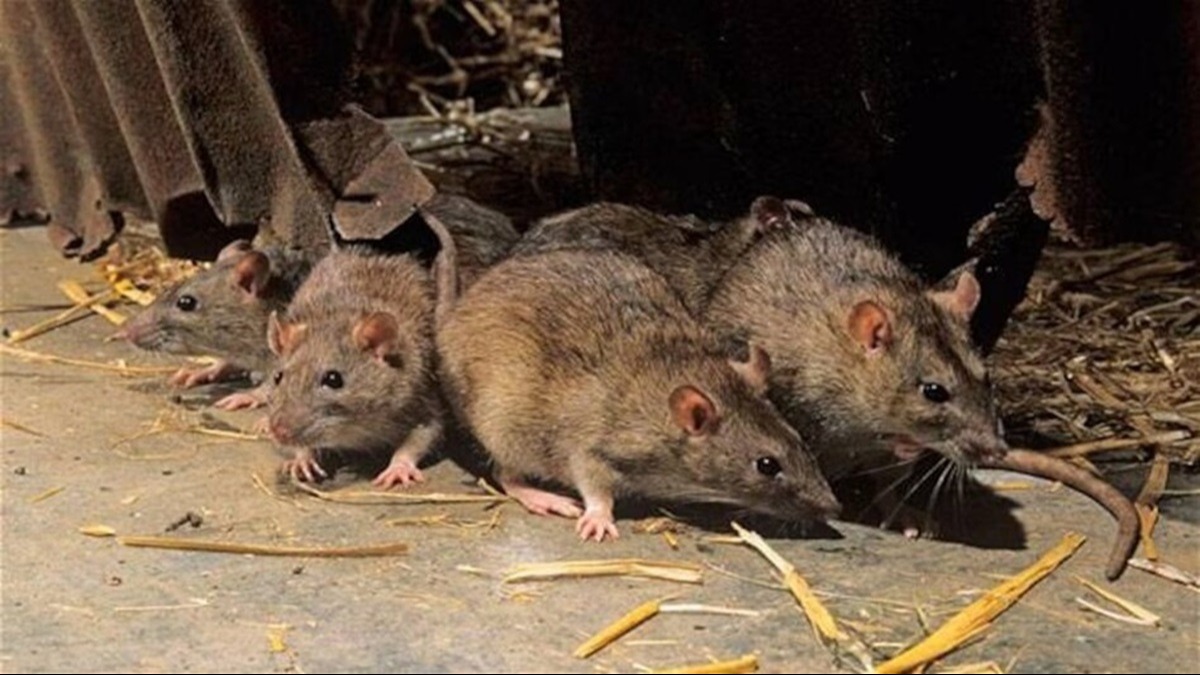Facing Agrarian Challenges: Protecting Farmers From Rodent-Borne Diseases
From planting to harvesting, the farmers confront countless hardships. This includes everything from weather adversities to economic strains. Amidst these challenges are diseases spread by rodents like rats and moles, which not only damage crops but can also pose serious health risks to humans. To safeguard farmers and crops, the Agricultural Department has issued advisory guidelines. The government is also preparing to run a Communicable Disease Control Campaign from April 1 to April 30.
What is the Disease Spread by Rodents?
Diseases such as Leptospirosis and Scrub Typhus are spread by rodents. The culprit is the 'Orientia tsutsugamushi' bacterium which causes these acute infections found in shrubs and moist locations – the same areas where rodents thrive. Consequently, the disease can spread to farmers working in the fields.
Recognizing the Symptoms
When a person is bitten by an infected mite, symptoms can appear within 6 to 21 days. Look out for fever, chills, nausea, and headaches. The government has released advisories for the prevention of these serious diseases.
How to Prevent Infection
For protection, farmers should wear long-sleeved clothing and wash clothes after returning from the fields. Avoid lying down on grass or soil and do not allow rodent infestations near the house. By following these precautions, one can avoid the risk of infection.




